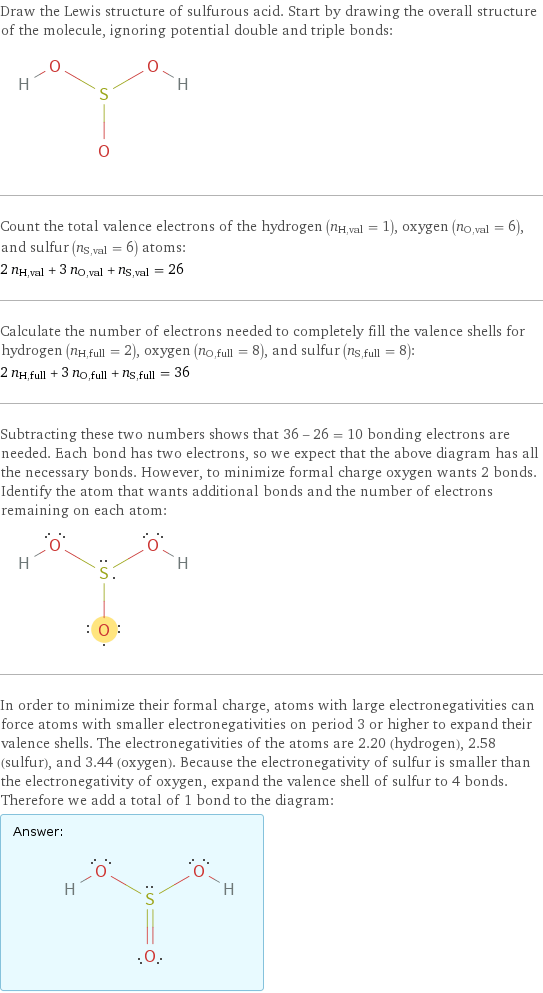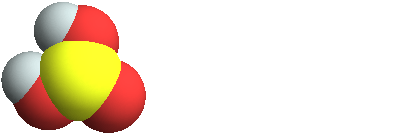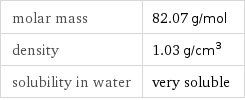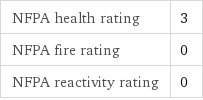Input interpretation

sulfurous acid
Chemical names and formulas

formula | H_2SO_3 Hill formula | H_2O_3S name | sulfurous acid alternate names | sulfur dioxide solution | sulphurous acid mass fractions | H (hydrogen) 2.46% | O (oxygen) 58.5% | S (sulfur) 39.1%
Lewis structure

Draw the Lewis structure of sulfurous acid. Start by drawing the overall structure of the molecule, ignoring potential double and triple bonds: Count the total valence electrons of the hydrogen (n_H, val = 1), oxygen (n_O, val = 6), and sulfur (n_S, val = 6) atoms: 2 n_H, val + 3 n_O, val + n_S, val = 26 Calculate the number of electrons needed to completely fill the valence shells for hydrogen (n_H, full = 2), oxygen (n_O, full = 8), and sulfur (n_S, full = 8): 2 n_H, full + 3 n_O, full + n_S, full = 36 Subtracting these two numbers shows that 36 - 26 = 10 bonding electrons are needed. Each bond has two electrons, so we expect that the above diagram has all the necessary bonds. However, to minimize formal charge oxygen wants 2 bonds. Identify the atom that wants additional bonds and the number of electrons remaining on each atom: In order to minimize their formal charge, atoms with large electronegativities can force atoms with smaller electronegativities on period 3 or higher to expand their valence shells. The electronegativities of the atoms are 2.20 (hydrogen), 2.58 (sulfur), and 3.44 (oxygen). Because the electronegativity of sulfur is smaller than the electronegativity of oxygen, expand the valence shell of sulfur to 4 bonds. Therefore we add a total of 1 bond to the diagram: Answer: | |
3D structure

3D structure
Basic properties

molar mass | 82.07 g/mol density | 1.03 g/cm^3 solubility in water | very soluble
Units

Chemical identifiers

CAS number | 7782-99-2 PubChem CID number | 1100 SMILES identifier | OS(=O)O InChI identifier | InChI=1/H2O3S/c1-4(2)3/h(H2, 1, 2, 3)/f/h1-2H EU number | 231-973-1 Gmelin number | 1458 RTECS number | WT2775000 NSC number | 60680
NFPA label

NFPA label

NFPA health rating | 3 NFPA fire rating | 0 NFPA reactivity rating | 0
Toxicity properties

RTECS classes | human data